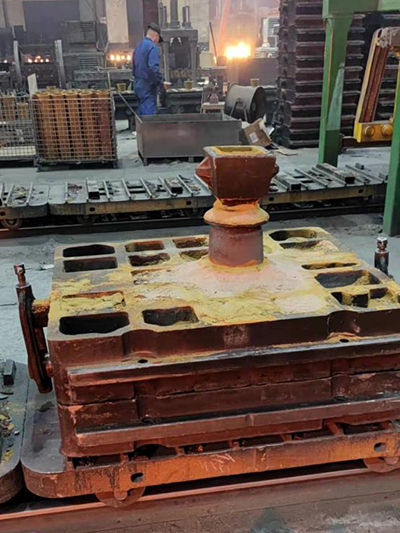Hard Sand Casting A Comprehensive Overview
Hard sand casting, also known as green sand casting, is a widely used metal casting process that involves the use of sand molds to form various metal components. This technique is particularly valued for its versatility and cost-effectiveness in producing both small and large quantities of cast parts.
The process begins with the preparation of a sand mixture, which typically consists of silica sand, clay, water, and additives. Clay acts as a binding agent, while water helps in the cohesion of the sand particles, ensuring the formation of a sturdy mold. The term “hard” relates to the strength of the sand mixture after it has been compacted. Properly prepared sand molds can withstand the high temperatures associated with molten metal without deforming or breaking apart.
One of the main advantages of hard sand casting is its adaptability to a variety of metals, including iron, aluminum, bronze, and zinc alloys. This makes it suitable for a broad range of applications, from automotive components to intricate machine parts. Moreover, the process allows for the production of complex geometries, making it possible to create detailed designs that meet specific engineering requirements.
hard sand casting

The casting process itself involves several key steps. Initially, a pattern of the desired component is created, usually from metal or a durable material. This pattern is then pressed into the sand mixture to form a mold. Once the mold is created, it is carefully assembled, and molten metal is poured into the cavity created by the pattern. After the metal has cooled and solidified, the mold is broken apart to reveal the final cast part.
One of the significant considerations in hard sand casting is the quality of the mold. A high-quality mold ensures fewer defects in the final product, leading to reduced post-casting work and improved surface finish. The control of factors such as moisture content, grain size, and compaction of the sand is essential in achieving optimal results.
In an era where sustainability is increasingly important, hard sand casting also offers an environmentally friendly alternative. The sand used in the process can be reclaimed and reused, significantly reducing waste. Additionally, advancements in materials and techniques are enhancing the efficiency and precision of this age-old method.
In conclusion, hard sand casting is a vital technique in the manufacturing industry, known for its cost-effectiveness and versatility. Its ability to produce detailed and complex components makes it indispensable in various sectors, ensuring its continued relevance in modern manufacturing practices. As technology evolves, the hard sand casting process will likely see further innovations, enhancing its capabilities and sustainability.
Post time:ספט . 08, 2024 02:20
Next:Sand Casting - Precision Metal Casting Services
